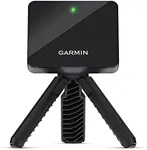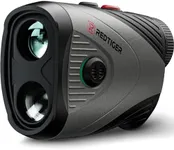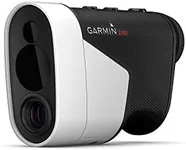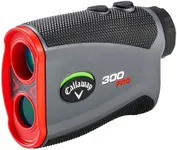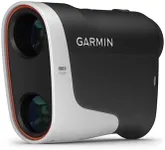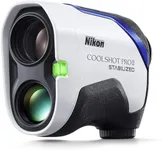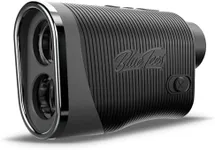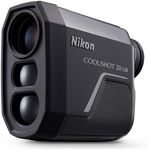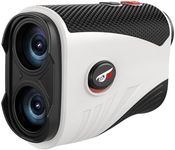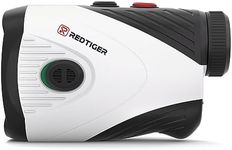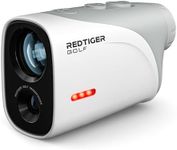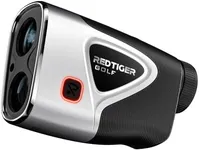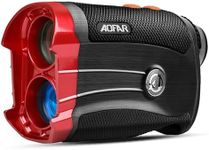Buying Guide for the Best Golf Rangefinders
Choosing the right golf rangefinder can make a big difference in your game by helping you accurately measure distances on the course. The best approach is to think about how and where you play golf, and what features will actually help you improve your play. Consider how easy the device is to use, how quickly it gives you information, and whether it fits comfortably in your hand or bag. Understanding the key specifications will help you find a rangefinder that matches your needs and makes your time on the course more enjoyable.RangeRange refers to the maximum distance the rangefinder can measure, usually given in yards or meters. This is important because it determines how far away you can be from your target and still get an accurate reading. Basic models might measure up to 400 yards, while advanced ones can go beyond 1000 yards. If you mostly play on smaller courses or only need to measure to the flag, a shorter range is fine. If you play on larger courses or want to measure hazards and other features far away, look for a longer range.
AccuracyAccuracy tells you how close the rangefinder’s measurement is to the actual distance, often listed as plus or minus a certain number of yards or meters. This is crucial because even small errors can affect your club choice and shot. Most rangefinders are accurate within one or two yards, but some high-end models are even more precise. If you want the most reliable information for your shots, look for a model with the highest accuracy, especially if you play competitively.
MagnificationMagnification describes how much closer the target appears when looking through the rangefinder, similar to binoculars. Common magnification levels are 5x or 6x. Higher magnification makes it easier to see distant targets, which is helpful on long holes or when aiming at small flags. However, too much magnification can make it harder to keep the target steady in view. If you have steady hands and play on wide courses, higher magnification can be useful. For most golfers, a moderate level is easier to use.
Slope MeasurementSlope measurement is a feature that calculates the effect of elevation changes on distance, giving you an adjusted yardage for uphill or downhill shots. This is important if you play on hilly courses, as it helps you choose the right club. Some rangefinders allow you to turn this feature on or off, which is useful because slope measurement is not allowed in official tournaments. If you play mostly for fun or on varied terrain, slope measurement can be a big help. If you play in competitions, make sure the device can disable this feature.
Display TypeDisplay type refers to how the information is shown to you, either through an optical viewfinder or a digital screen. Some displays are brighter or easier to read in sunlight, while others offer extra information like battery life or multiple targets. If you often play in bright conditions, look for a display that remains clear in sunlight. If you want more data at a glance, consider a model with a digital or enhanced display.
Size and WeightSize and weight affect how comfortable the rangefinder is to carry and use during a round. Lighter and more compact models are easier to handle and fit in your pocket or bag, but may have fewer features. Heavier models might offer more stability or extra functions. If you walk the course and want something easy to carry, go for a smaller, lighter device. If you use a cart or don’t mind a bit more weight, you can consider larger models with more features.
Ease of UseEase of use covers how simple it is to operate the rangefinder, including button layout, focusing, and how quickly it locks onto targets. Some models have features like vibration or sound to confirm when you’ve locked onto the flag. If you want a stress-free experience, look for a rangefinder with intuitive controls and quick target acquisition. If you’re comfortable with gadgets, you might enjoy extra features, but for most golfers, simplicity is key.
